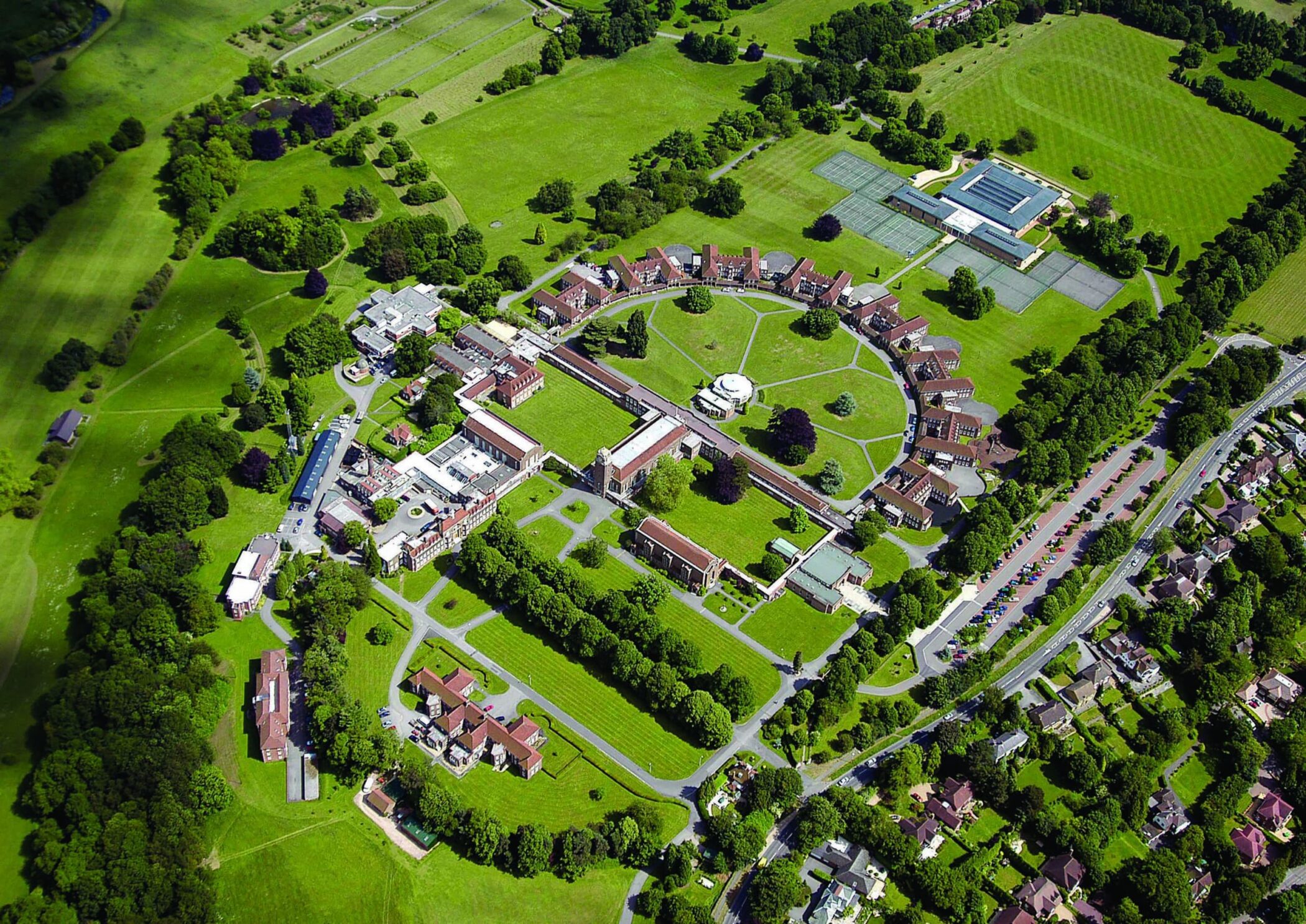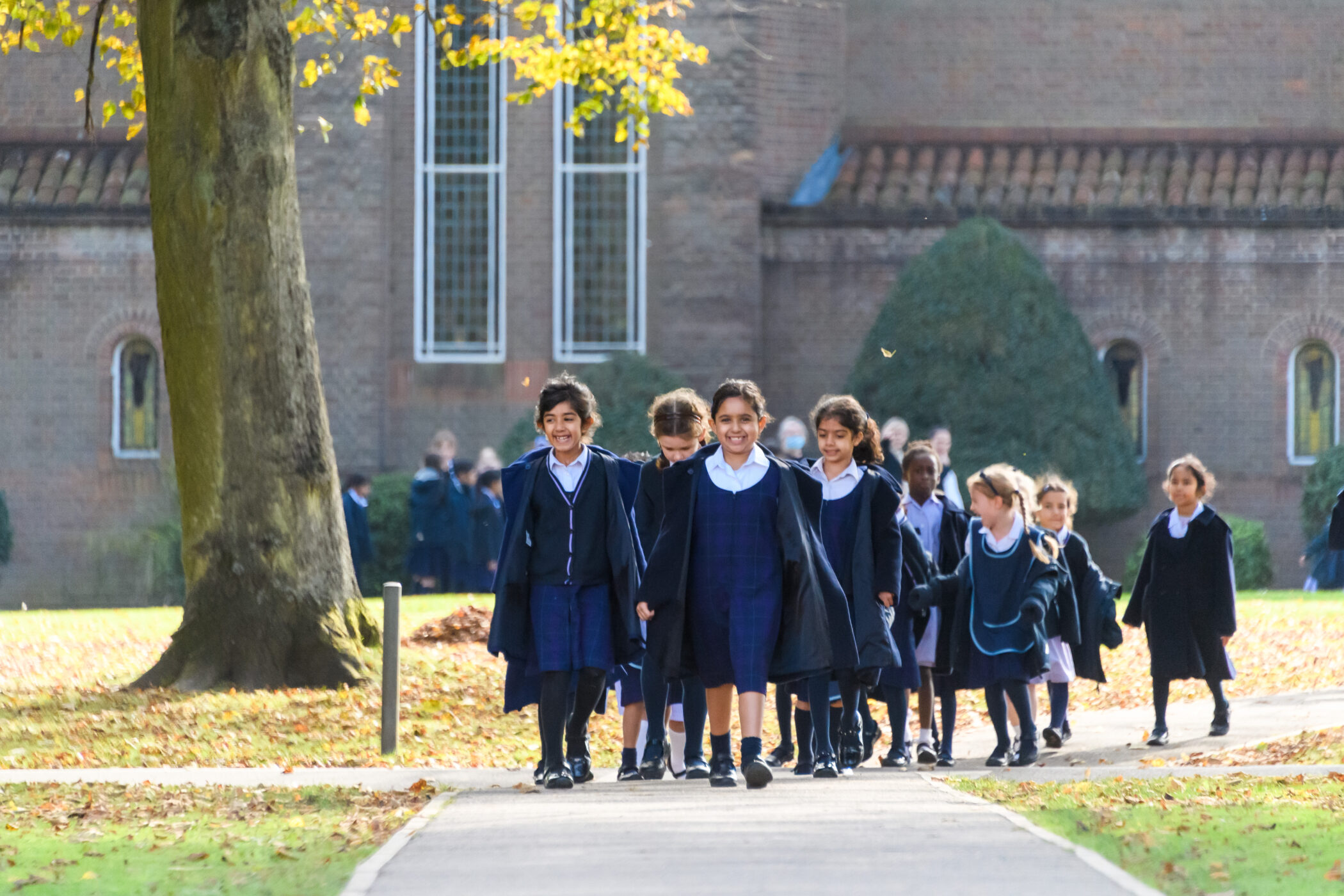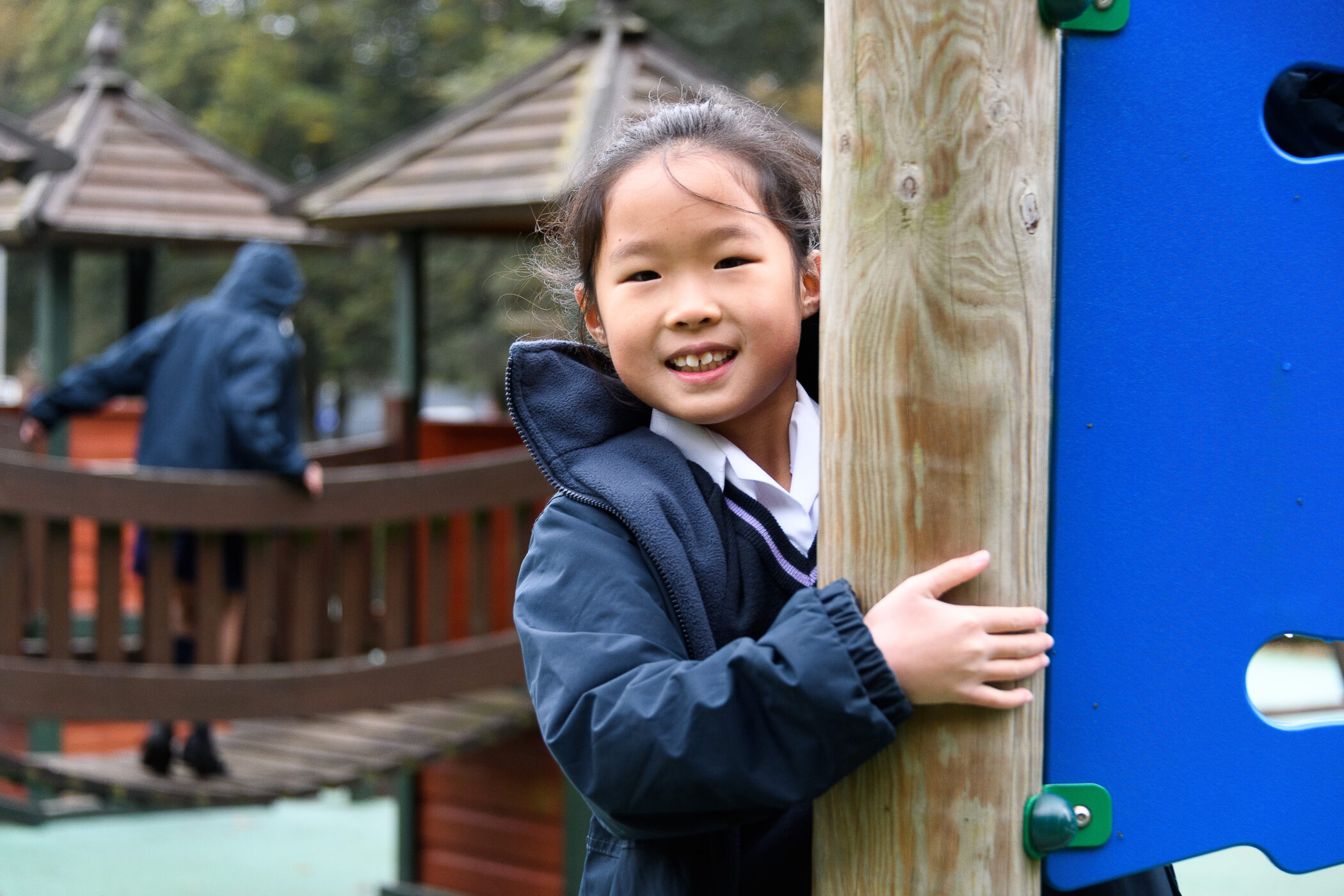Recently I was lucky enough to attend a Biology study day along with other Year 12 students studying A Level Biology.
The day consisted of lectures given by various practising scientists and the one which interested me the most was on Marine Biology. Helen Scales talked generally about aquatic life and ecosystems deep beneath the ocean surface. However, she also covered three things which I found very interesting and inspired me to do further reading on them.
The first of these was the concept of bioluminescence. This is defined as the production of light by living organisms. She explained how this would benefit aquatic animals due to their dark habitats absent from sunlight. More specifically she mentioned their use of luciferin, which is a generic term for the light-emitting compound found in organisms that generate bioluminescence. Luciferins typically undergo an enzyme-catalysed oxidation and the resulting excited state intermittently emits light upon decaying to its ground state. They do this using luciferase and oxygen. Animals make use of this in order to disguise themselves in the deep sea or for feeding or mating purposes.
The second subject she covered was goethite. This is the material of which limpets teeth are made and is currently the strongest material we know. The teeth are both stretchy and strong thanks to their unique composition. They contain millions of aligned nanofibres, made from a natural mineral called goethite, which are embedded in a softer shell of chitin. She discussed some of the possible applications and uses for this in the future, the outcomes of which I am looking forward to seeing the outcome.
The final one was chemosynthesis which is a process in which microbes are able to get energy from chemicals instead of from the sun. This is especially useful for species living beneath the sea without access to sunlight. She also informed us that the microbes may be living inside other organisms which have evolved to survive in these harsh environments due to their presence – I found this a particularly interesting concept. The equation for this reaction is: hydrogen sulphide + carbon dioxide —> carbohydrate + water + sulphur.
Overall I greatly enjoyed this experience provided by the Biology Department and I would definitely recommend it for the Year 12s next year!
Thank you to Mrs Sears and the rest of the department for organising the trip and accompanying us.
Georgia, Year 12













